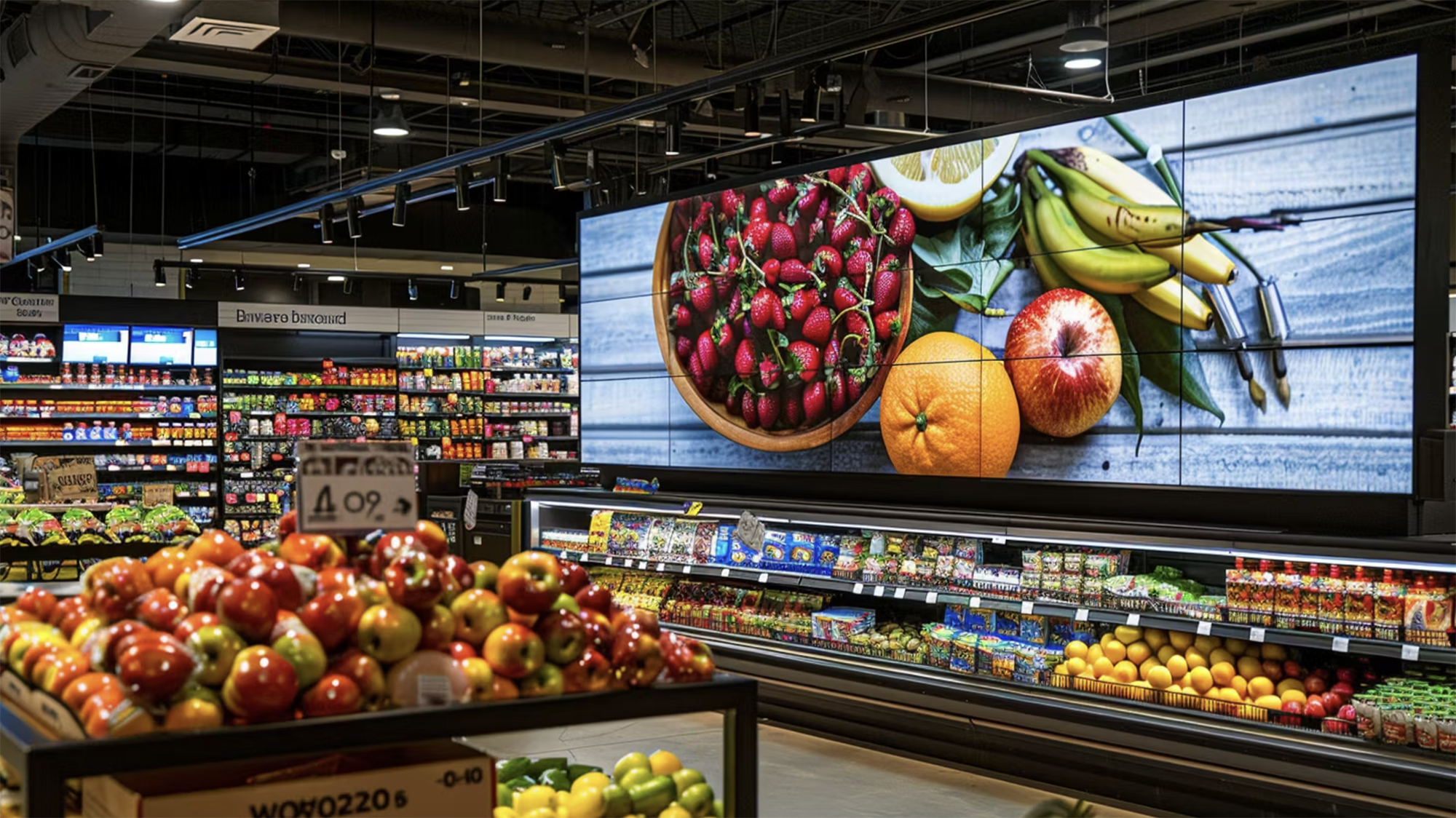6 Benefits of Third-Party Delivery in Online Grocery Shopping

At A Glance
- Growth in digital sales was fueled by the COVID-19 pandemic
- In 2020, sales more than tripled the average annual growth to 9.5%
- Digital's unexpected growth came by way of a global pandemic that effectively shut down the world
- This shift has forced grocery retailers to rapidly adapt and scale new capabilities (e.g third-party partnerships, curbside delivery, etc.)
- As grocers increasingly shift their focus toward improving digital execution, this article looks at the 6 benefits that third-party delivery brings to the table
Growth in digital sales was fueled by the COVID-19 pandemic. However, this growth trajectory will continue even in the post-COVID shopping environment. Historically, growth in grocery retailing is glacial. According to the Incisiv-Wynshop Digital Grocery Study, sales growth is 2.7% year over year on average. In fact, in the last three decades, sales have grown more than 5% (YoY) only once in 2011. In 2020, sales more than tripled the average annual growth to 9.5%. The main driver of this growth was the rise in digital sales, which was up by more than 5x over 2019.
As has been well documented, digital’s unexpected growth came by way of a global pandemic that effectively shut down the world. People still needed groceries and other essentials, but with lockdowns and "shelter in place" orders, the only way to shop was online. This drove digital adoption by new shoppers, increased online basket sizes, and forced grocery retailers to rapidly adapt and scale new capabilities (e.g third-party partnerships, curbside delivery, etc.).
As grocers increasingly shift their focus toward improving digital execution, we shed light on the six benefits of third-party delivery that are enabling grocers to gain a competitive edge in the market:
Increases Profitability of Digital Orders
The profitability of digital orders is way below average. The surge in online orders (volumes and average basket size) has failed to translate into profits for most grocery retailers, especially those below a billion dollars in revenue. Hence, grocery retailers need to sharpen their focus on their operational levers. This is where third-party platforms come in, which have provided an easy growth opportunity for grocery retailers. As per the Incisiv-Wynshop Digital Grocery Study, 46% of all online sales came through third-party platforms in 2020, which can eventually help increase profitability.
Empowers Retailers to Scale Up Quickly
According to the Incisiv-Wynshop Digital Grocery Study, grocery retailers are so reliant on third-party delivery platforms that over 66% of them believe they can't scale their online business without them. Smaller retailers (less than $1 billion) have a greater dependence on these platforms, and only 1 in 4 believe they can scale their digital business without them. This dependence is primarily because third-party delivery platforms can help grocery retailers scale up considerably faster.
Makes Grocery Delivery Available
One of the major shopper attractions is the availability of grocery delivery options, which has become largely possible due to third-party delivery platforms. According to the Incisiv-Wynshop Digital Grocery Study, 68% of grocery retailers are using third-party platforms for fulfillment. Moreover, as per projections, 8.3% of all grocery sales will come from third-party platforms by 2025.

Expands the Reach Considerably
Collaborating with a third-party platform can really help a grocery retailer expand considerably. Such platforms allow grocers to deliver to locations that would otherwise be inefficient or in remote place. This can prove to be even more convenient in the case of small grocers who are still in the process of building their delivery capabilities.
Attracts New Customer Base
More and more users are opting for online shopping since it is the very value proposition that they are seeking - convenience and speed. As online grocery shopping becomes increasingly available and accessible, it will attract many more potential shoppers, thereby bringing in a new stream of customers altogether.
Lowers Barrier to Entry
Third-party platforms provide a solution that helps eliminate many obstacles that grocery retailers face while launching their online strategy. Undertaking the responsibility of launching an online delivery platform can be cost-intensive as well as complex. Grocers need to create a seamless experience for the customers - a process that can be made simpler, courtesy of third-party platforms.
In conclusion, third-party platforms transacted almost as much business as grocers did on their own in less than a year, as per the Incisiv-Wynshop Digital Grocery Study. In addition, these platforms are growing at a much faster rate than the direct-to-commerce business of grocery retailers. Looking at the benefits that third-party delivery platforms bring to the table, it would be interesting to see how different grocery retailers will leverage this to gain a competitive edge in the market.


.png)








.png)


